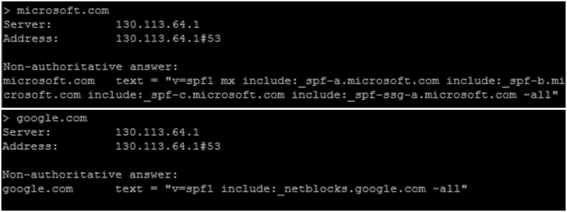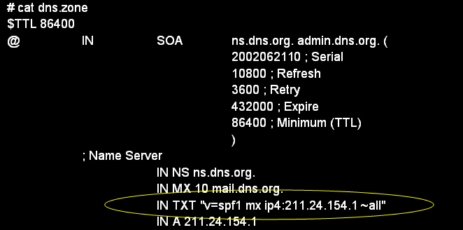Anti-spam Systems and Techniques
From Computing and Software Wiki
Now a days the email system has become the most significant technology and a useful tool for human beings in the world. In the US alone, 88% of adult users have email accounts and half of email users use email systems almost every day. However, like growing email users, spam, scam, and fishing emails are increasing. Lots of email providers, such as Gmail, Hotmail, have been making an effort to protect their users from spam, scam, and fishing emails. Accordingly, I’ll discuss some new techniques for anti-spam systems and how to improve the anti-spam system on the server through SPF (Sender Policy Framework), SenderID, Domain Keys, and DKIM(Domain Key Identified Mail).
Contents |
Time to replace SMTP?
SMTP is a simple and text based protocol using port 25. It was formally defined in RFC 821 as improved by RFC 1123, but today, ESMTP defined in RFC 2821 is widely used. SMTP has many security problems but SMTP servers became more secure as users began writing their own servers such as Microsoft Exchange Servers, Qmail and Postfix. However, SMTP stays at the core of current junk email problems. Moreover, junk email is highly approaching 90% of all email traffic on the internet and like growing email users, spam, scam, and fishing emails are increasing.
Anti-spam technique through Procmail
Procmail is one of the email filtering softwares and Mail Delivery Agents (MDA) widely used on Unix and Linux systems. It is placed between the Mail Transfer Agent (MTA) like Sendmail and users mail boxes. In order to use procmail, the procmailrc configuration file of procmail is needed to setup. The procmailrc is like below the picture.




